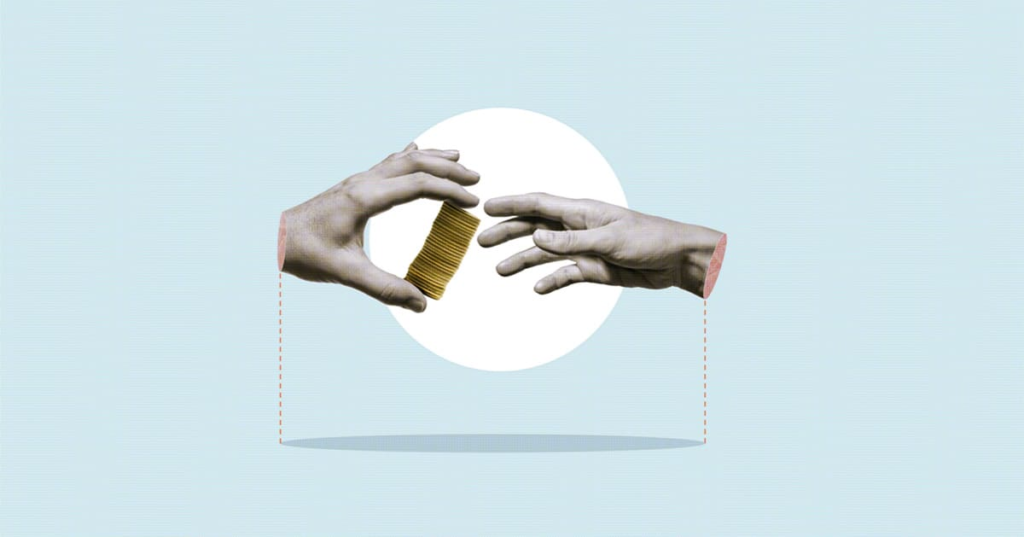
In today’s competitive market, businesses are constantly seeking innovative ways to foster customer loyalty and drive long-term engagement. One such tactic is clawback incentives. Often seen in the areas of employee compensation, retention and motivation, the clawback incentive can also help businesses stimulate desirable customer behaviours. Let’s explore how clawback incentives work and how they can be used within loyalty programs.
What is a Clawback Incentive?
At its core, a clawback incentive is a mechanism where benefits that have been granted to a member can be rescinded or “clawed back” under certain conditions. These conditions typically involve the member failing to meet specific requirements, such as maintaining a minimum spend threshold or remaining a member of the program for a specified period.
For example, take a customer who receives 1,000 bonus points for joining a program. The bonus points sit in a pending state until the customer makes a purchase. After three months with no purchase, the points are reclaimed by the business. This approach taps into several psychological principles that can significantly enhance the effectiveness of loyalty programs.
The Psychology Behind Clawback Incentives
1. Loss Aversion:
- Concept: Individuals prefer avoiding losses over acquiring equivalent gains. Losing something they already have feels more painful than not gaining something of equal value.
- Application: By giving the incentive upfront, individuals feel a sense of ownership. The prospect of losing it if they don’t act is a strong motivator.
2. Endowment Effect:
- Concept: Individuals ascribe more value to things they own.
- Application: Once individuals receive the incentive, they value it more highly, increasing their motivation to retain it.
- Concept: A mental inconsistency resulting in regret (e.g., receiving a reward but risking its loss by not performing).
- Application: To reduce dissonance, individuals are motivated to act in order to retain the reward.
4. Time (Hyperbolic) discounting bias and present bias:
- Concept: Present rewards are weighted more heavily than future ones, even if the delayed rewards are larger.
- Application: Offering an immediate incentive taps into the desire for instant gratification, making the future obligation more palatable.
Practical Applications of Clawback Incentives in Loyalty Programs
Clawback incentives can be integrated into various aspects of loyalty programs to stimulate desirable member behaviours. Here are some practical examples:
- Upfront Discounts:
- Concept: Customers receive an upfront discount or free product with the condition that if they do not make additional purchases within a certain timeframe, they lose future benefits or forfeit the discount.
- Example: Kohl’s Rewards. Kohl’s Cash is awarded at the start of each month for eligible members. The Kohl’s Cash expires at the end of the redemption period (30 days) if not used.
2. Tier Upgrades:
- Concept: Members are provided with benefits for reaching a certain loyalty tier. If they fail to perform the required actions to maintain the tier they will lose the associated benefits.
- Example: A status match to a high tier in an airline program such as Delta Skymiles may be lost if the individual does not complete subsequent actions to secure the status match.
3. Free Trials:
- Concept: Customers get a free trial period for a service with the agreement that if they do not subscribe after the trial, they may be charged for the trial period or lose certain benefits.
- Example: Amazon Prime. 30-day free membership trial with access to free shipping, Prime Video, and more. If the individual does not pay for the membership following the 30-day trial they will lose access to the benefits.
4. Credit Card Rewards:
- Concept: Cashback or points are granted upfront for spending a certain amount within a certain period. If the spending requirement is not met, the rewards can be clawed back.
- Example: British Airways American Express Premium Plus Card. 30,000 bonus Avios released once £6,000 has been spent in the first three months of card membership.
Conclusion
Implementing clawback incentives within loyalty programs can be a game-changer for businesses looking for an effective way to stimulate desirable member behaviours. By leveraging psychological principles such as loss aversion, the endowment effect, and cognitive dissonance, businesses can create powerful incentives that motivate customers to meet specific performance criteria.
By thoughtfully integrating clawback incentives, programs can stimulate desirable behaviours and ultimately drive better outcomes for the business.
Looking to step up your loyalty program strategy?
Our loyalty consultants have helped global brands take the critical steps to design effective loyalty programs, as well as support ongoing evolution to meet changing business and consumer expectations. Contact us to learn more about our comprehensive loyalty services and talk with our loyalty consultants to understand how to develop or optimise your loyalty program strategy.
References
Kahneman, D. & Tversky, A. (1979). ‘Prospect Theory: An Analysis of Decision under Risk’, Econometrica, Vol. 47, Iss 2, pp263-9.
Shelper, P., Lyons, S., Harrison, S., De Boer, R., & Savransky, M. (2022). ‘Loyalty Programs: The Complete Guide (2nd ed.)’. Loyalty & Reward Co.
Kohl’s. (2024). ‘Kohl’s Cash Overview’. Available at: https://cs.kohls.com/app/answers/detail/a_id/278/related/1 (Accessed: 10th July 2024)
Amazon. (2024). ‘Amazon Prime’. Available at: https://www.amazon.co.uk/amazonprime (Accessed: 10th July 2024)
American Express. (2024). ‘British Airways American Express® Premium Plus Card’. Available at: https://www.americanexpress.com/en-gb/credit-cards/ba-premium-plus-credit-card/ (Accessed: 11th July 2024)
Delta. (2024). ‘Get to know medallion status’. Available at: https://www.delta.com/gb/en/skymiles/medallion-program/overview (Accessed: 11th July 2024)

